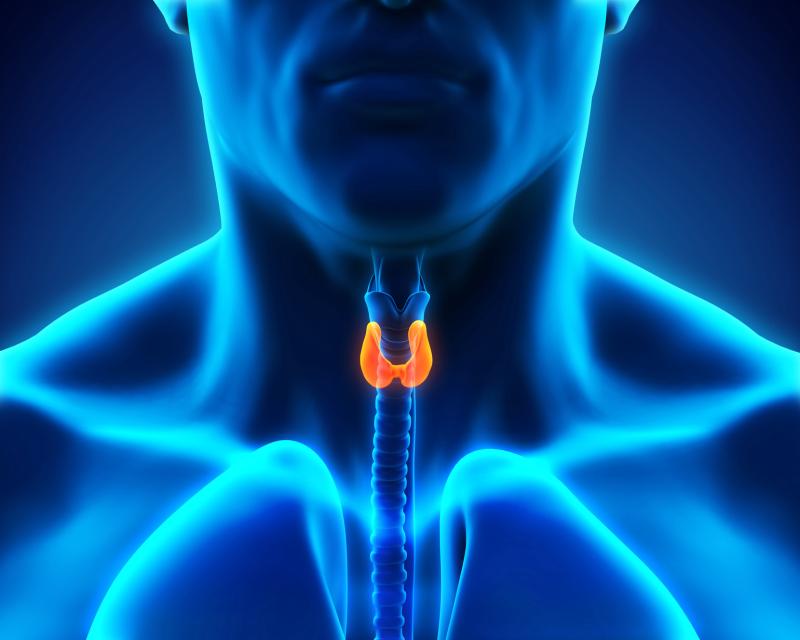
Treatment with recombinant human parathyroid hormone (1-84) [rhPTH(1-84)] for 5 years among patients with hypoparathyroidism results in improved key biochemical parameters and a safety profile that is consistent with earlier investigations, results of the RACE study have shown.
“Findings from 5 years of treatment with rhPTH(1-84) in the RACE study provide further evidence supporting the long-term safety and efficacy of rhPTH(1-84) in the treatment of adults with hypoparathyroidism,” the researchers said.
Of the 49 adults with chronic hypoparathyroidism, 40 completed 60 months of treatment. Mean albumin-corrected serum calcium levels remained between 82. And 8.7 mg/dL. [J Clin Endocrinol Metab 2019;104:5136-5147]
Decreases were recorded between baseline and month 60 in levels of urinary calcium (101.2±236.24 mg/24 h), serum phosphorus (1.0±0.78 mg/dL) and calcium-phosphorus product (8.5±8.29 mg2/dL2). There was no change in serum creatinine level and estimated glomerular filtration rate (eGFR).
Forty-eight patients (98 patients) reported treatment-emergent adverse events (AEs; hypocalcaemia, 36.7 percent; muscle spasms, 32.7 percent; paraesthesia, 30.6 percent; sinusitis, 30.6 percent; nausea 30.6 percent), and 13 (26.5 percent) reported serious AEs.
Twenty-eight patients (70.0 percent) achieved the composite efficacy outcome (≥50-percent reduction in oral calcium [or ≤500 mg/d] and calcitriol [or ≤0.25 µg/d] doses, and albumin-corrected serum calcium normalized or maintained compared with baseline, not exceeding upper limit of normal) at month 60.
Furthermore, bone turnover markers (BTMs) increased, peaking at around 1 year after the initiation of rhPTH(1-84) treatment before declining to values that remained above baseline through year 5.
Previous studies showed similar trends in the pattern of BTMs but with differences in the magnitude of increase and time course of change, which could be explained by varying treatment regimens. [J Clin Endocrinol Metab 2013;98:137-144; J Clin Endocrinol Metab 2016;101:2742-2750]
“The findings from these studies suggest [that] the initial large increase in BTMs with rhPTH(1-84) treatment is temporary and is followed by a new steady state of more normal bone turnover with continued therapy,” the researchers said. [J Clin Endocrinol Metab 2016;101:2742-2750; Endocr Pract 2016;22:523-532]
“Changes in calcium and phosphorus flux from bone may at least partially explain the trend for increases in calcium supplements later in the treatment period, but this was not tested directly in this [current] study,” they added.
The current open-label extension study and 5-year interim analysis were conducted in 12 US centres. Patients with hypoparathyroidism received rhPTH(1-84) 25 or 50 µg/d initially, with 25-µg adjustments permitted to a 100 µg/d maximum.
Certain limitations were present, including its open-label design, lack of a control arm and insufficient power to perform statistical analyses. RACE also did not capture the impact of rhPTH(1-84) on health-related quality of life in this population.
“PTH plays a central role in mineral homeostasis by stimulating renal reabsorption of calcium, promoting renal phosphate excretion, and stimulating conversion of 25-hydroxyvitamin D to 1,25-dihydroxyvitamin D, the fully active form of vitamin D,” the researchers said. “In addition, PTH is a potent regulator of bone turnover; deficiency of PTH results in decreased bone turnover.”